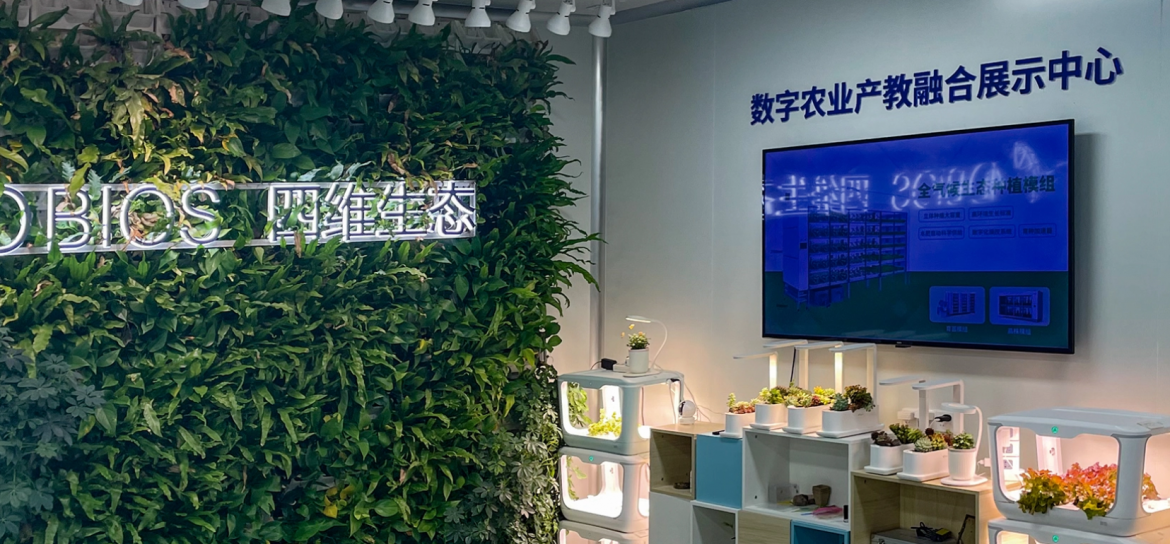The rise of urban farming has reshaped how people view food production in densely populated regions. From Europe to North America and the Middle East, cities are turning to advanced agricultural models to ensure sustainable and efficient food supply systems. While profitability depends on scale, crop selection, and technology, many professional operators now see urban farming as a long-term investment opportunity rather than a small community project. By combining innovation with industrial-grade solutions, these programs are creating consistent revenue streams that balance economic performance with environmental responsibility and long-term urban sustainability.
Understanding Revenue Streams in Urban Agriculture
Unlike traditional rural cultivation, urban agriculture focuses on controlled production and local distribution. Most revenue in urban farming comes from high-value crops such as leafy greens, herbs, and microgreens, which have strong market demand and short harvest cycles. These crops can be sold directly to restaurants, supermarkets, or consumers, reducing logistics costs. In addition, partnerships with local governments, corporate sustainability programs, and eco-focused investors provide financial incentives and growth opportunities, particularly in countries like the UAE, Singapore, and Germany, where smart farming aligns with national sustainability goals. The return on investment improves when automation, energy efficiency, and scalable systems are integrated into daily operations to minimize waste and labor costs.
Technology and Industrial-Scale Efficiency
Modern profitability in this field is closely tied to automation, precision, and production consistency. Companies such as 4D Bios have introduced advanced plant factory solutions designed to optimize every stage of cultivation. Their large-scale production systems use AI-controlled environments, LED plant lighting, and intelligent nutrient management to maintain ideal growing conditions. This industrialized approach enhances crop uniformity, increases yield, and reduces resource waste—all of which contribute directly to stronger financial outcomes. By standardizing crop production across vertical layers, 4D Bios enables professional growers to expand their business potential while ensuring stable quality output that meets market demand year-round. Such innovations are making urban cultivation both technically viable and commercially sustainable for future agricultural enterprises.
Conclusion
The future of urban farming looks promising as more cities invest in local food systems to reduce dependence on imports and long-distance transportation. In markets like the USA, Canada, and Australia, investors are recognizing the value of scalable plant factory models supported by modern automation. Governments are also encouraging these initiatives through green development incentives and smart city policies. For experienced agricultural professionals, these developments open doors to profitable, sustainable business models with long-term value creation.
